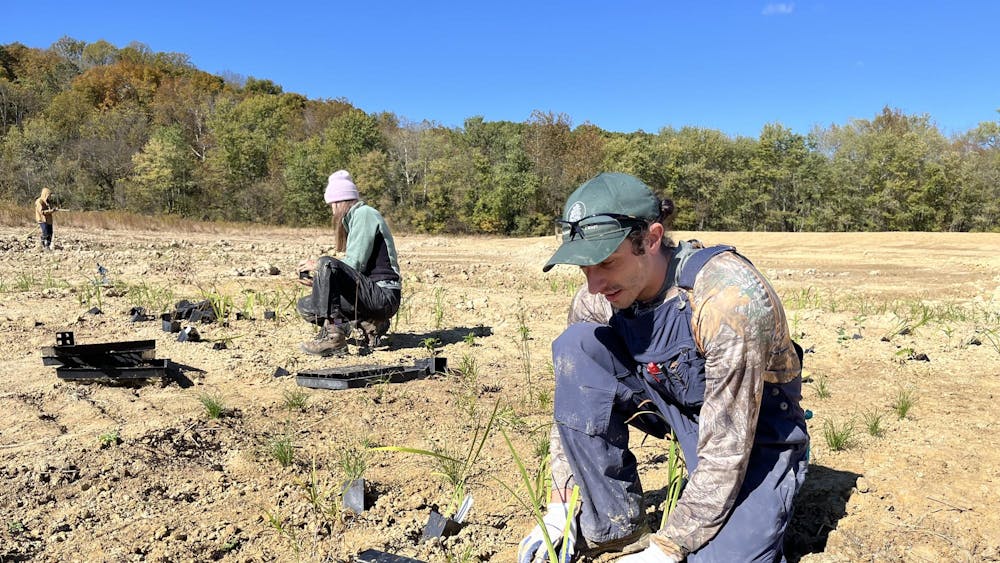The U.S. Supreme Court agreed in an order issued Oct. 15 to hear a consolidated case brought against the Environmental Protection Agency. Those filing suit are Texas and 11 other states, including Indiana, and various other business and public interest groups.
At issue is the scope of the EPA’s authority to regulate greenhouse gas emissions of stationary sources, such as power plants, under the Clean Air Act.
Specifically, the court agreed to answer a single question: “Whether EPA permissibly determined that its regulation of greenhouse gas emissions from new motor vehicles triggered permitting requirements under the Clean Air Act for stationary sources that emit greenhouse gases,” according to the order.
In 2007, the Supreme Court ruled in Massachusetts v. Environmental Protection Agency the EPA had the authority to regulate emissions of motor vehicles. The EPA is asserting this ruling also gives them authority to regulate stationary plant emissions.
“Texas’ lawsuit alleges the federal agency has exceeded the legal authority that Congress granted it under the Clean Air Act by taking regulatory actions that Congress did not authorize,” Bryan Corbin, public information officer for the Indiana Attorney General’s Office, said. “The State of Indiana and 10 other states have joined the single lawsuit Texas filed as co-plaintiffs.”
Corbin said Indiana would be assisting Texas with the lawsuit.
“Most of the legal resources on this case will be provided by the State of Texas,” Corbin said. “Indiana’s legal work is assigned to one of our attorneys in the Indiana Attorney General’s Office, under our regular case load and within our regular budget, which is approved by the legislature in advance.”
The case will be of interest to manufacturers and utility providers whose facilities would qualify as a “major emitting facility” under the EPA’s new regulations.
Tim Rushenberg, vice president of government affairs and tax policy for the Indiana Manufacturer’s Alliance, said Hoosiers could see a 14 percent increase in utility prices by 2020 due to increased EPA regulations, but not necessarily due to the permitting regulation in question.
“To comply with these overly burdensome regulations requires utilities to spend millions upon millions of dollars on pollution control measures, or convert their power generation facilities to natural gas, which emits about one-half of the carbon as coal,” Rushenberg said.
Rushenberg said any further regulation is unnecessary.
“Carbon and other emissions have already been significantly reduced in the absence of these new and proposed EPA regulations,” Rushenberg said.
On Monday, the U.S. Energy Information Administration released a report showing U.S. energy-related carbon dioxide emissions declined by 3.8 percent in 2012, are at their lowest level since 1994 and are more than 12 percent below the 2007 peak.
The Supreme Court will not decide on the efficacy of specific regulations, but whether the EPA has the constitutional authority to require permits for stationary sources of pollution.
The Court also rejected appeals from some parties to review the EPA’s conclusion that carbon emissions endanger public health and the planet.
Corbin said having the Supreme Court even consider the case is a victory.
“The U.S. Supreme Court receives many proposed appeals per year, but only accepts a small number of cases for hearing,” Corbin said. “The oral argument in the Texas v. EPA case has not yet been scheduled, but we assume it will be sometime before the Supreme Court’s current term ends next June.”
Follow reporter Brianna Meyer on Twitter @brimmeyer.
Indiana, Texas among states bringing suit against EPA
Get stories like this in your inbox
Subscribe





